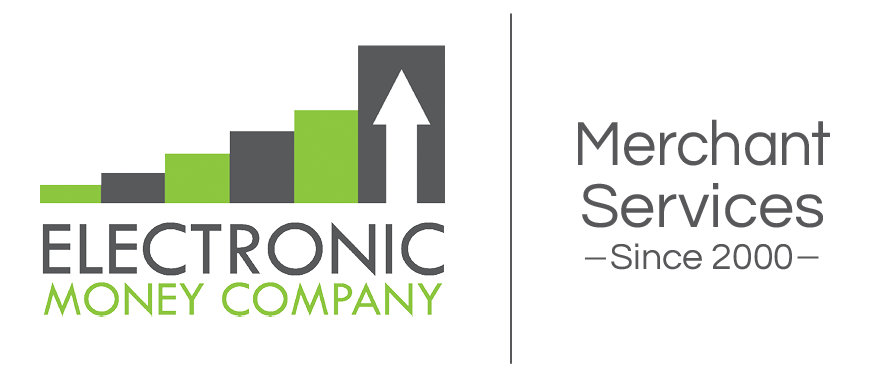Click here to watch the video
In this video I am going to talk to you about how to discover the hidden fees on your merchant statement or the hidden fees that a sneaky salesperson is trying to scam you with. I am Gingergaye, president of Electronic Money Company for over 20 years.
Most merchants understand that the processor charges a rate, plus a transaction fee, plus a monthly fee. But here is a list of other fees to watch out for:
- Authorization fees, which are an additional transaction fee. You should only have one of these, not both.
- There should not be multiple monthly fees. Sometimes there are different names for the monthly fee, such as on file fee, maintenance fee, club fee, technology fee, or a statement fee. The processor deserves one monthly fee to cover the cost of keeping an account open for you. The processor has office expenses and technical support costs to help merchants with their questions about operating their point of sales or understanding their merchant statement. But there should not be multiple monthly fees, which is a way they can pad their profits.
- There is another monthly fee some processors charge called a regulatory fee. It gives you access to the bookkeeping of your total processing that is reported to the IRS by the processor. You may or may not need this service.
- There are also what I call Program fees, like for a marketing service or insights into marketing. Few merchants need or want this service, so be aware if your processor wants to charge you this type of “standard” fee. You should always question extra monthly fees.
- EMV non-enabled fee is a fee that processors charge you extra for if you do not have a credit card terminal that is set up to take a chipped card. Most terminals today are chip ready and all newer terminals have this technology, so there is not a need to charge this extra fee in todays world.
- Sometimes the processor charges an annual fee. This is negotiable.
- Termination fee. This fee is a particularly sketchy fee that is sometimes hidden in the fine print of the processors terms and conditions. It is arduous to read the whole 30 + page terms and conditions, but I suggest you take a few minutes to look for the section on termination. Don’t take the salesperson word that there is no termination fee. Make him show it to you in the fine print or look for yourself. I have seen many applications with no termination fee handwritten on an application and in the fine print it says that the salesperson is not allowed to waive this fee.
- Additionally, some processors have named their termination fee, Liquidated Damages. If you see this in your terms and conditions, run as fast as you can from the credit card salesperson. Liquidated damages means that if you leave their lousy service before the end of their term, you will pay them all the fees you would have paid them anyway! Ridiculous! Usually those types of processors also have specific hoops you need to jump through to cancel with specific times to cancel or else it auto renews. It is a horrible game they play with liquidated damages!
Not watching out for these hidden fees is just one of the mistakes merchants make they are new to processing or switching processors. Check out the other mistakes in my report, 5 Mistakes that merchants make when choosing a credit card processor at electronicmoneycompany.com.
Stay up to date with our latest videos and merchant services tips, make sure to subscribe to our YouTube channel by clicking the link here: https://bit.ly/3oqnz7Z

